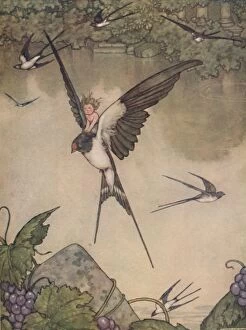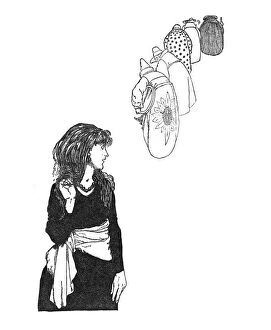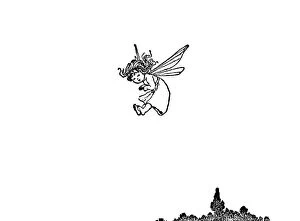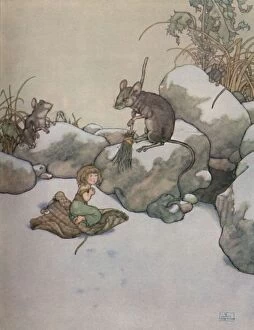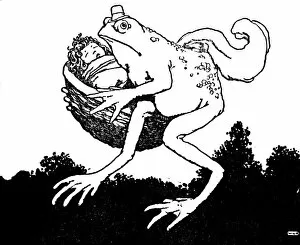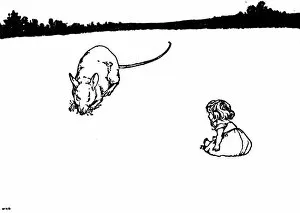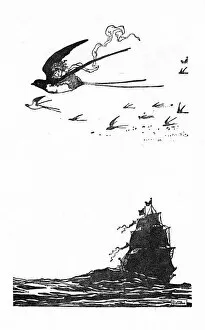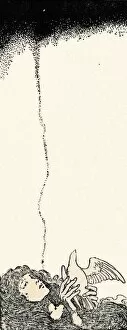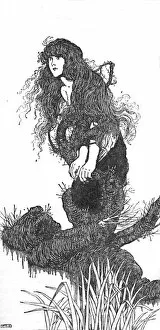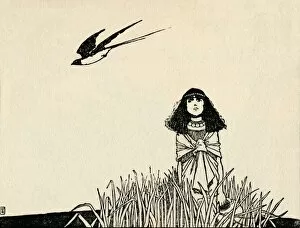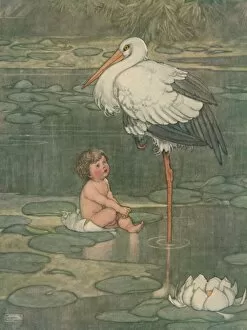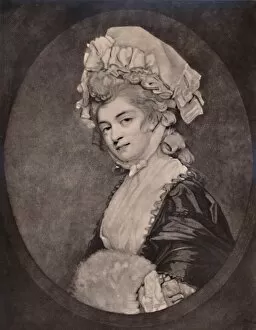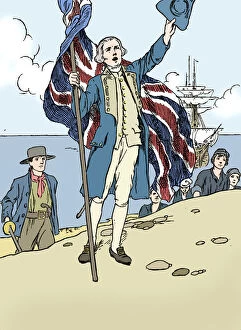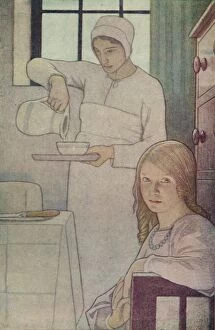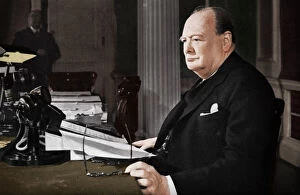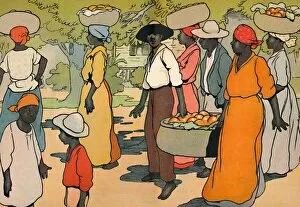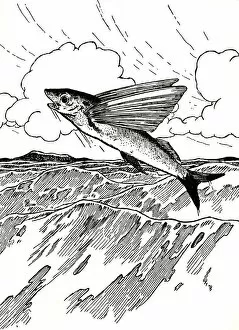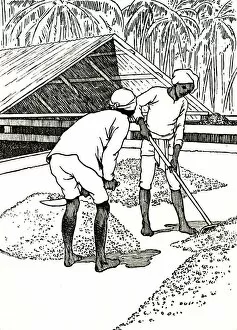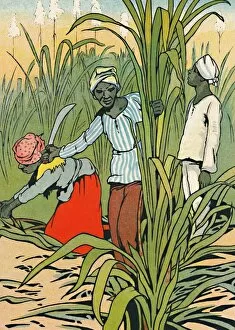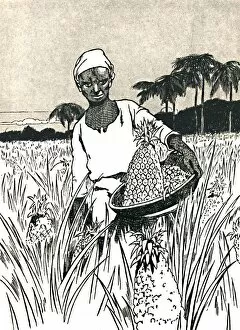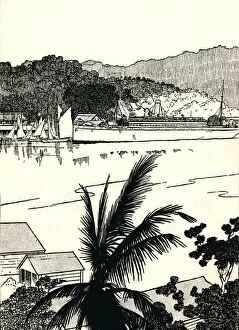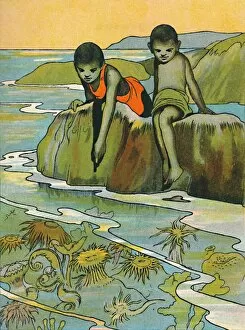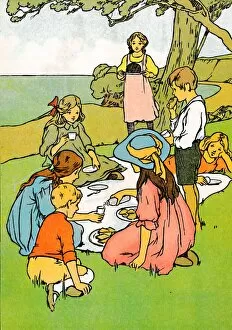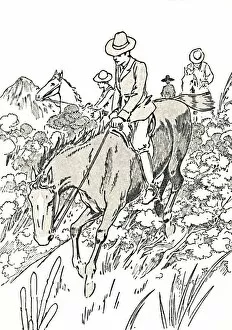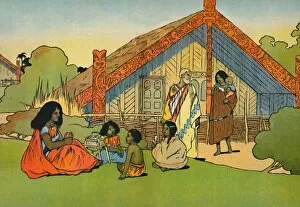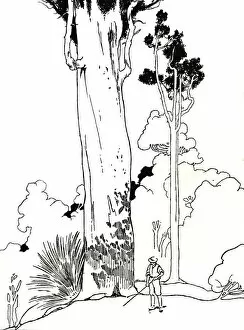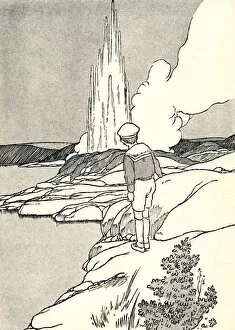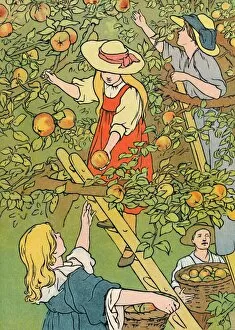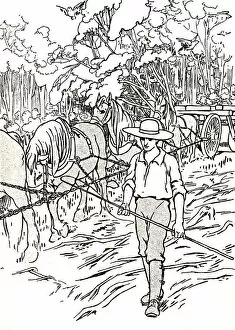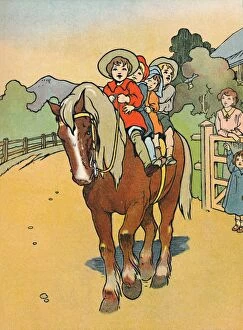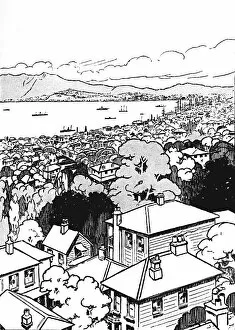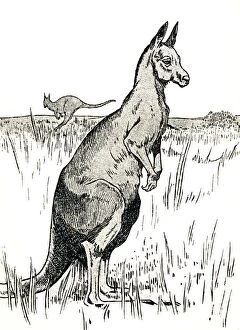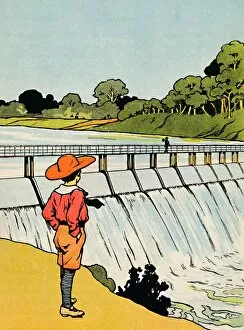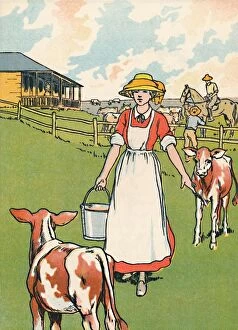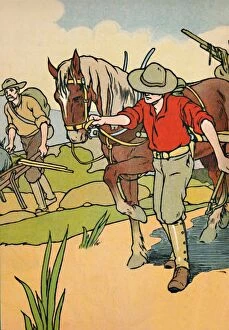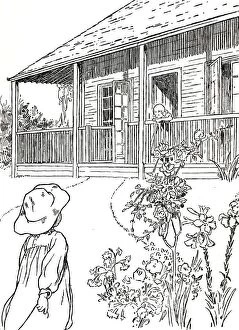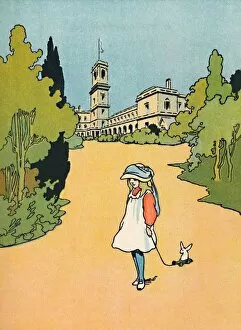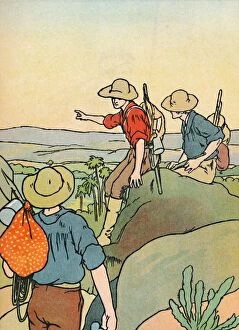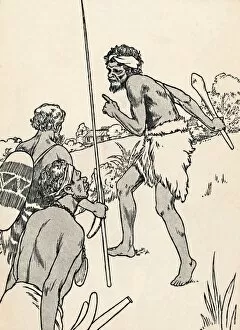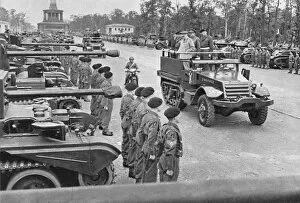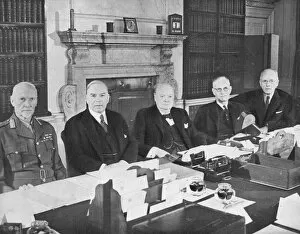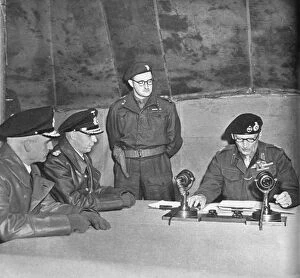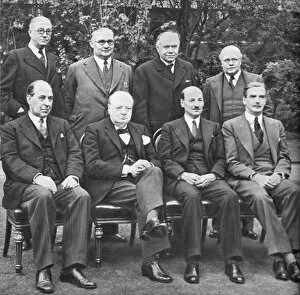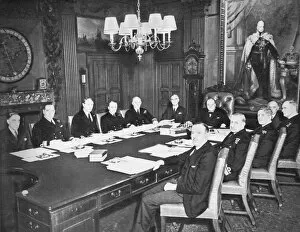Robinson Collection (page 16)
"Robinson: A Master of Ingenious Contraptions and Sporting Feats" Step into the whimsical world of Robinson
All Professionally Made to Order for Quick Shipping
"Robinson: A Master of Ingenious Contraptions and Sporting Feats" Step into the whimsical world of Robinson, where dining rooms operate without servants and everyday tasks are transformed into extraordinary adventures. In William Heath Robinson's imaginative illustrations, he brings to life a series of contraptions that redefine the concept of automation. In "Heath Robinson Automated Dining Room without Servants 1 of 4, " we witness a scene straight out of a fantastical dream. With intricate mechanisms and cleverly designed gadgets, this dining room functions flawlessly without any human assistance, and is a testament to Robinson's ability to blend creativity with practicality. But not all inventions go according to plan, as depicted in "A Complete Wash-out. " Here, Robinson humorously portrays an overly complicated washing machine that ends up causing chaos rather than cleanliness. His knack for finding humor in everyday mishaps shines through in this delightful illustration. Moving on from domestic settings, we delve into the realm of transportation with "The Kinecar. " This ingenious vehicle by William Heath Robinson showcases his talent for merging imagination and engineering prowess. The Kinecar takes us on an exhilarating ride through unconventional means while challenging traditional notions of travel. In "An Ideal Home No. I, " part of The Sketch Ideal Home series, Robinson presents us with a vision beyond our wildest dreams – sports without broad acres. He reimagines popular outdoor activities within the confines of urban spaces using his trademark ingenuity. Through these drawings, he invites us to question societal norms and embrace new possibilities. Not limited to just home innovations or sporting escapades, it also explores strategies for deceiving invaders in "Deceiving the Invader as to the State of Tide. " With cunning devices hidden beneath serene coastal scenes, he demonstrates how wit can triumph over force when it comes to protecting one's homeland. Venturing further into his artistic repertoire reveals works like "Ultra-Marine, " where Robinson's vivid imagination takes us underwater.

